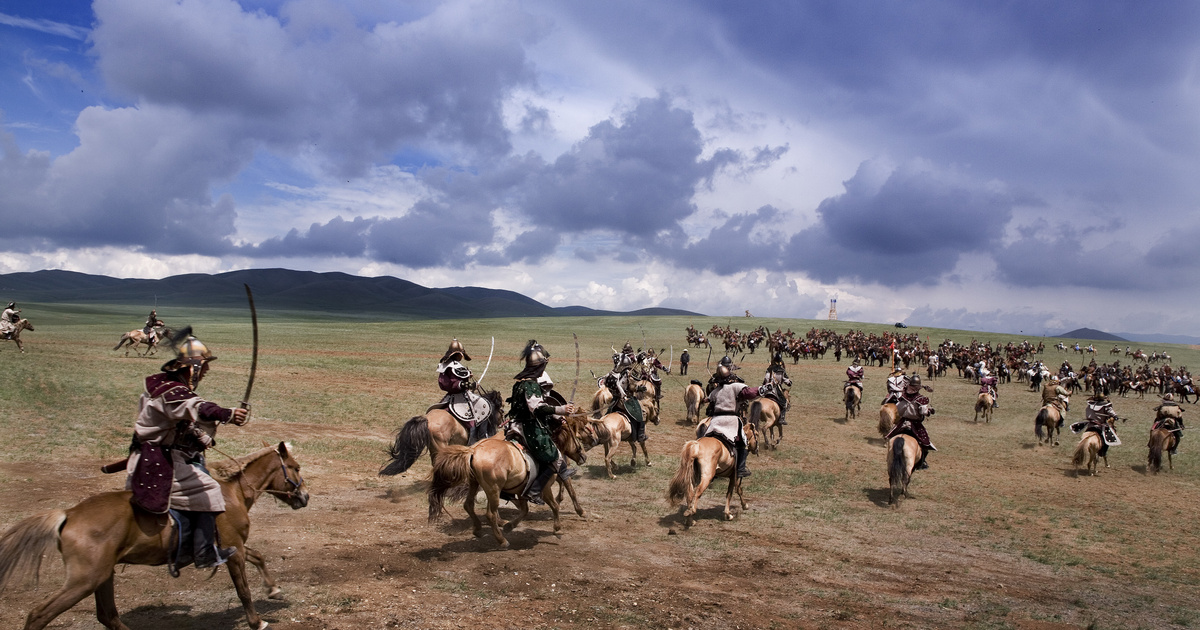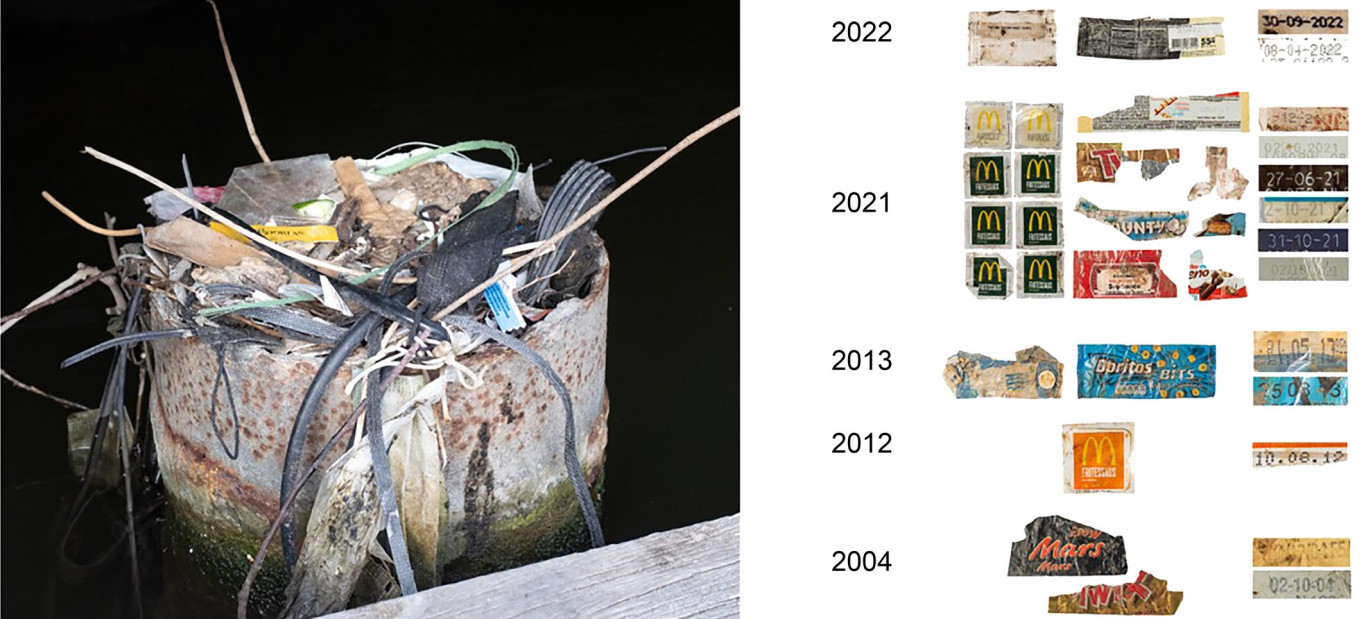If you look at the moon with a telescope, you will notice many small and large craters on it. And one wonders, if there is so much on the Moon, why don’t we see the same amount on Earth? Over the course of billions of years, our planet has been subjected to the same number of influences as the Moon, but its effects have been destroyed by the vast majority of terrestrial processes. From time to time, we discover previously unknown creatures with the help of geological methods – and so we also found the remains of the Chicxulub crater, which caused the extinction of the dinosaurs.
We can witness the birth of a similar discovery if the idea is so tectonic physics An Australian research team reported in a specialized journal, and ConversationHe explained the essence of their research. Accordingly, beneath the southeastern region of Australia, the Earth’s depths may be hiding the largest impact crater on our planet, a complex structure Deniliquin Pit.
Craters in Australia – Red and green confirmed, yellow impact suspected
Source: Andrew Glickson and Franco Bergano
What do we know about this geological formation? Circular concentric folds can be found in the rock layers below the surface (this can be seen in the opening image) – no trace of the putative crater at the surface. Near the formation center there is named settlement, about 230 kilometers north of Melbourne. The radius of the formation is more than 220 kilometers (that is, about 500 kilometers in diameter). If confirmed to be the remains of an impact crater, it would be the largest feature of its kind on our planet. The largest is currently the Vredefort crater in South Africa, which has a diameter of about 300 km, while the famous Chicxulub crater has a diameter of 170 km.
Since its traces are not visible on the surface, it can only be found using geophysical methods. Specialists “saw” the circular object based on magnetic and gravity measurements made in the area.
A great analogy is the image of a drop of water falling into the water.
Source: Pixabay
When a larger celestial body collides with our planet, it creates a depression in the middle of which the surface rises—just like a drop of water falling on a smooth surface. However, while the water softens, the rocky surface does not, that is, it retains traces of the central outcropping, until it is removed by erosion and geological processes. After that, it is very difficult to identify the intricate crater left by this large impact…
The location of the continents at the time of the supposed collision
Australia, or Gondwana, which was once part of the ancient supercontinent, has 38 confirmed craters and 43 possible craters. Some of them are very small, others are very large, but they were completely buried over millions of years. The remains are practically the “root” of these ancient pits, which only survived in the case of Vredefort and Chicxulub.
Based on magnetic studies between 1995 and 2000, Tony Yates concluded that the remains of a similar large-scale buried crater may be hidden under the Murray Basin. Between 2015 and 2020, with the help of new geophysical data, it was already possible to prove that a circular object with a diameter of 520 km does indeed exist. The prominent central region of the body can be well identified based on seismic measurements.
Magnetic measurements clearly show the roughly circular pattern. At a depth of 30 km, you can also see radial fractures starting from the center of the body. The origin of the effect is also supported by minor magnetic anomalies that indicate melting of rocks erupting into fissures of earlier rocks. These signs are found in the largest known craters on our planet. However, definitive evidence can only be provided if the buried layers can be sampled by deep excavation. During impacts, physical changes occur in the rocks that can be recorded as visible traces.
The impact likely occurred in the late Ordovician period, about 445 million years ago – this would also have coincided with a massive contemporary eruption. with the wave of extinction also. The hypothesized effect may have been followed by a global cooling, as a result of which a significant degree of glaciation also developed, and 85% of species became extinct at that time. If a rock structure hidden in the depths can be sampled, its age could reveal whether the impact was indeed related to the extinction.














































